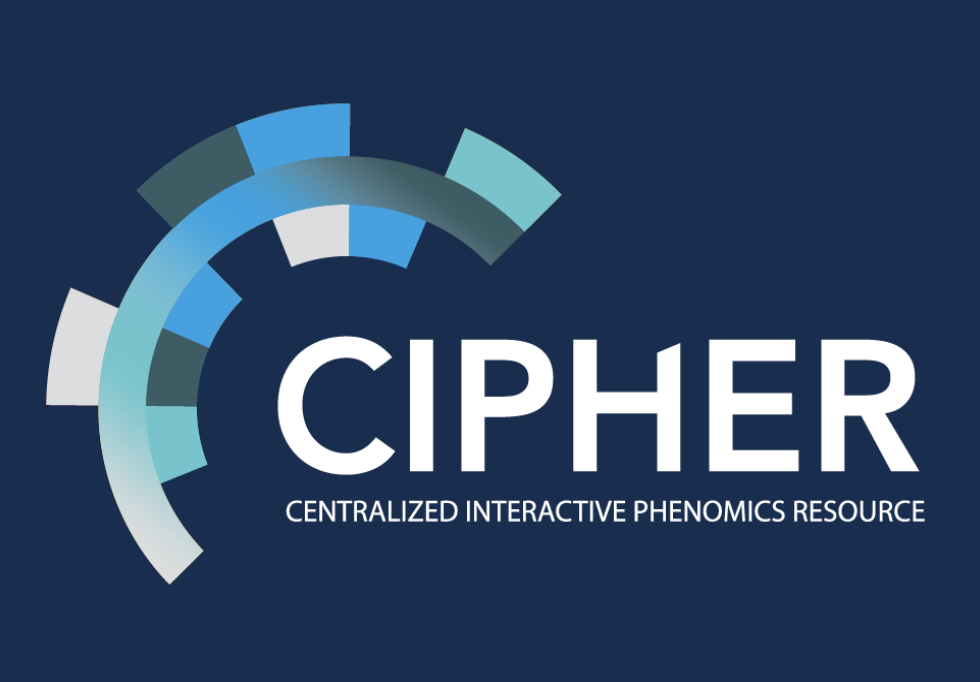Software
PARSE specializes in developing high-performance software that transforms complex analytical methodologies into accessible, high-performance tools for healthcare research. Our expert team of R and Python developers builds custom software packages that implement cutting-edge statistical and machine learning approaches with robust architecture, comprehensive documentation, and rigorous testing. We excel in creating interactive Shiny applications that deliver powerful data visualization capabilities through intuitive interfaces, enabling researchers without programming expertise to leverage sophisticated analytical models.
Technology Stack
Development Support

CELEHS : PARSE serves as the primary software development partner for Harvard Medical School's Translational Data Science Center for a Learning Health System (CELEHS). We architect, develop, and maintain a suite of packages and tools that implement CELEHS's novel statistical methodologies and machine learning algorithms, ensuring computational efficiency, reproducibility, and interoperability. Our team transforms theoretical and methodological frameworks into high-performance software tools that advance CELEHS's mission of democratizing access to cutting-edge health data science capabilities.

CIPHER : PARSE engineers the frontend Shiny user interfaces that power the VA's Centralized Interactive Phenomics Resource (CIPHER). Our custom data visualization tools enable researchers to efficiently navigate, query, and analyze CIPHER's extensive EHR-based phenotype knowledgebase. These web applications feature optimized data pipelines, interactive visualizations, and responsive designs that support CIPHER's goal of accelerating health data innovation through integrated knowledge sharing.
Interactive Applications
PARSE has developed a suite of interactive applications that empower researchers with user-friendly interfaces to complex analytical tools. Our featured applications are listed below, with additional visualization tools available through the CIPHER Data Visualization Tools.
Packages and Tools
OptimalSurrogate
A model-free approach that quantifies the proportion of treatment effect explained by surrogate markers for evaluating potential biomarkers in clinical research.
CitationPanelCurrentStatus
A statistical framework for developing risk prediction models with panel current status data to analyze time-to-event outcomes in longitudinal health records.
Citation